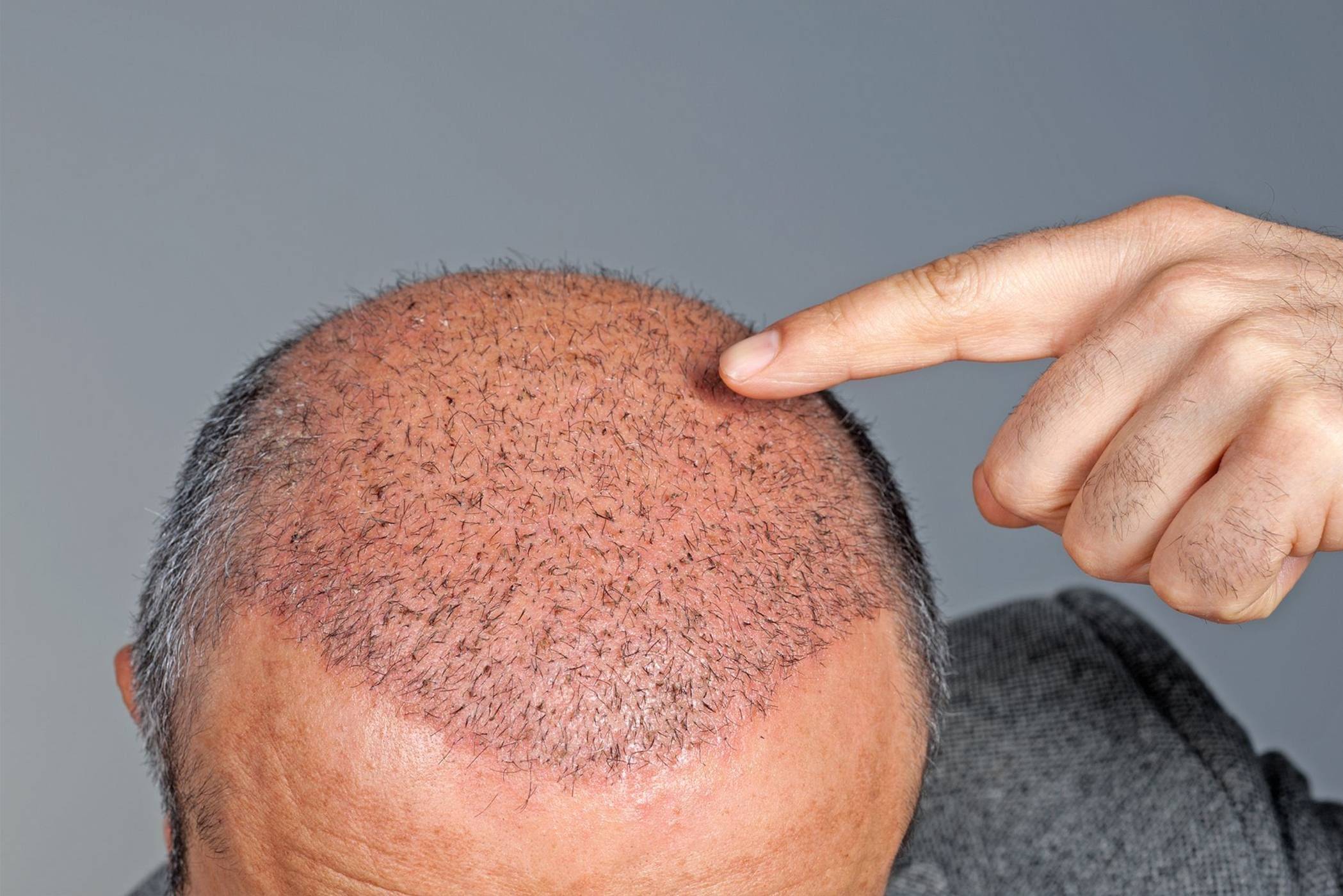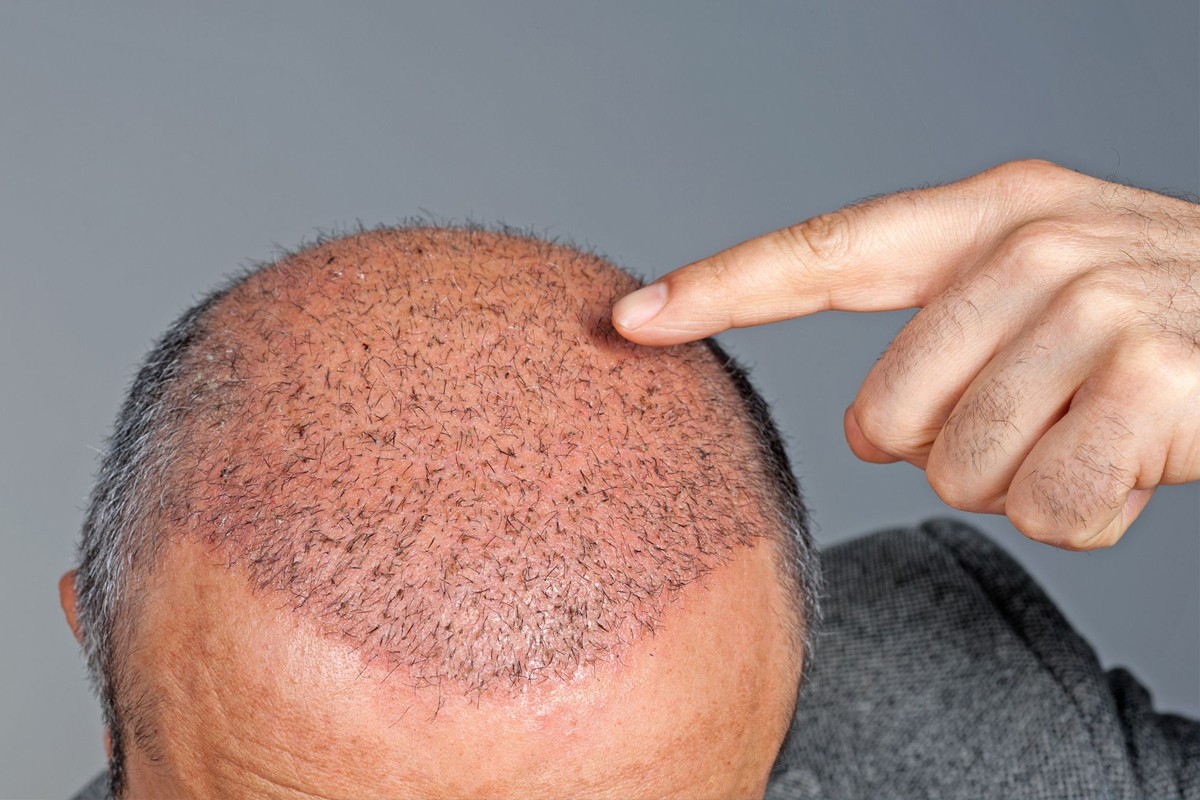A patient in his early 20s recently visited me to discuss hair transplants. He had spent years believing that transplants were painful, obvious, and only for older men. “I want a solution, but I don’t want to look like I’ve had surgery,” he said. His concerns are common. Misconceptions about hair transplants prevent many people from exploring this life-changing procedure. Today, let’s address the myths, explain the process, and show why modern hair transplants deliver natural-looking results with minimal discomfort.
Debunking Hair Transplant Myths
Myth 1
“Hair Transplants Look Unnatural.” Fact: Modern hair transplant techniques, like Follicular Unit Extraction (FUE) and Follicular Unit Transplantation (FUT), are designed to create natural results. Using precision tools, individual hair follicles are transplanted to match your natural hairline and growth pattern. Skilled specialists ensure the hair blends seamlessly with your existing hair, making the results virtually undetectable.
Myth 2:
"Hair Transplants Are Too Painful.” Fact: Modern hair transplants are performed under local anesthesia, meaning you’ll feel little to no discomfort during the procedure. Most patients describe the experience as mildly uncomfortable, like sitting through a long haircut. After the procedure, recovery is typically smooth, with minor swelling or redness that resolves within days. Pain management is simple, and you can resume light activities quickly.
Myth 3
“Hair Transplants Are Too Expensive.” Fact: While hair transplants are an investment, costs vary depending on the location and provider. Some patients consider going abroad—like Turkey—for cheaper procedures, but it’s essential to weigh risks like inconsistent quality and lack of aftercare. Remember: A hair transplant is a permanent solution. Investing in a qualified, board-certified physician ensures you get safe, effective, and lasting results.
Myth 4
“Hair Transplants Only Work for Men.” Fact: Hair transplants are effective for both men and women. Women experiencing pattern hair loss, thinning along the part line, or receding hairlines can benefit from the same techniques as men. The key is proper evaluation. A specialist will assess your specific type of hair loss and determine if you’re a good candidate for a transplant.
Myth 5
“Hair Transplants Are Only for Older Patients.” Fact: Hair transplants are suitable for adults of any age as long as hair loss is stable. Many men in their late 20s and 30s opt for hair transplants to restore confidence early, preventing further thinning. Younger patients should consult a specialist to determine if the timing is right and explore ways to preserve their existing hair alongside the transplant.
What to Expect During a Hair Transplant
CONSULTATION AND PLANNING
A specialist will assess your hair loss, discuss goals, and design a personalized treatment plan.
THE PROCEDURE
FUE (Follicular Unit Extraction): Individual hair follicles are carefully extracted and transplanted into thinning areas. This method leaves minimal scarring.
FUT (Follicular Unit Transplantation): A small strip of scalp is removed to harvest follicles, making it ideal for larger areas of loss.
RECOVERY AND RESULTS
Recovery:
Minor swelling and redness subside within days, and most patients can resume normal activities within a week.
Results:
Transplanted hair begins growing within 3–4 months, with full results visible in 6–12 months.
Is a Hair Transplant Right for You?
You may be a good candidate for a hair transplant if:
• Your hair loss is stable.
• You have adequate donor hair available (usually at the back or sides of the head).
• You have realistic expectations about the process and results.
Don’t Let Myths Hold You Back Hair
Hair Transplants are no longer a secret solution for the rich or famous—they are an accessible, safe, and life-changing option for those ready to restore their confidence. By addressing myths like cost, pain, and effectiveness, you can make an informed decision about what’s right for you. If you’ve been hesitant about a hair transplant, now is the time to learn the facts.
Schedule a consultation with a hair specialist and explore your options. You deserve results that look natural, feel confident, and last a lifetime. Because hair restoration isn’t just about appearance—it’s about reclaiming your confidence and peace of mind.





 Free Transplant Consult
Free Transplant Consult



